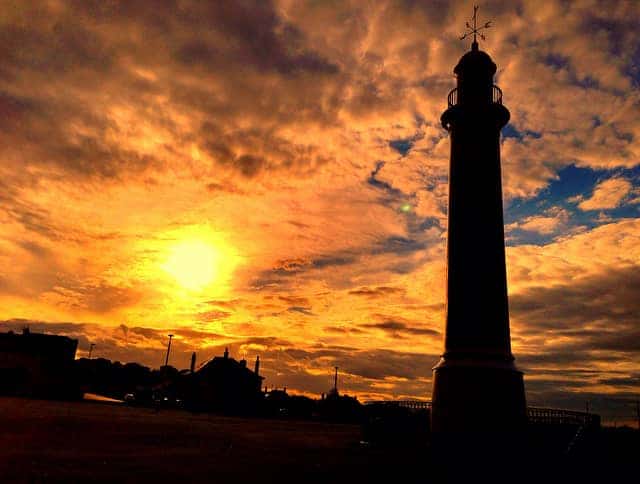While everyone reveres his undisputed footballing genius, here is a perspective on why the ‘Pibe de oro’ became a symbol of redemption and hope for the deprived south of Italy; written by a daughter of that mistreated land.
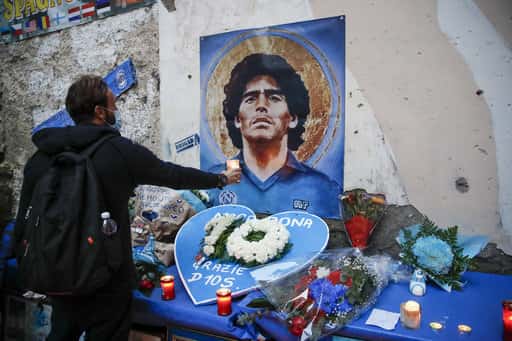
A TRAGIC hero… it’s not easy to explain who Diego Maradona was for Naples and the whole of southern Italy. He wasn’t just an idol or a symbol; Maradona was ‘one of them’, the son of a mistreated land. He was the one who took on his shoulders the abuse of the Northern Italians and transformed it into pride.
In the last 24 hours the world is talking about the ‘Pibe de Oro’ (golden child) and his ‘Hand of God’ … but what about his heart?
Massimo Gramellini is a columnist for Corriere della Sera, and was a young reporter when, in 1984, he met Maradona for the first time, in the changing rooms of San Paolo stadium in Naples.
“I have seen him moving young players’ feet in an emotional attempt to teach them something supernatural, so supernatural that it couldn’t be taught,” he said.
“I’ve seen him dribbling a tangerine for an hour, just to entertain the pupils of a school in one of the most deprived areas of Naples. I’ve seen him queuing outside the president’s office to ask for the young players to be paid – and he didn’t leave until Ferlaino got the checkbook out.
“There was nothing he wouldn’t do for his teammates, including trying to fix the TV aerial in the footballer turned pundit Eraldo Pecci’s room. In a world where talent will cause envy, his team would just love him, possibly more than his fans.”
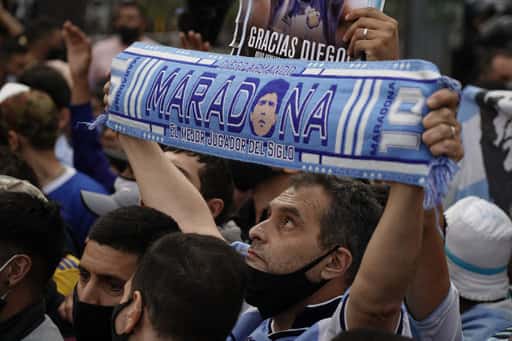
A man holds up a Diego Maradona scarf outside the presidential palace in Buenos Aires, Argentina, Thursday, Nov. 26, 2020. The Argentine soccer great who was among the best players ever and who led his country to the 1986 World Cup title died from a heart attack at his home Wednesday, at the age of 60. (AP Photo/Victor Caivano)
Those fans are still crying for their hero, even if he left Naples in 1991 under the shadow of doping. One night in March his coach broke the news: he had tested positive for drugs – the beginning of the demise of his football legend.
But like every mother will protect their child from the nastiness of the world, Naples forgave him for all his sins, guarding the image of a ‘Pure Maradona’.
And to seal that pact of love and respect, the San Paolo will now become the Diego Armando Maradona stadium.
Gramellini said: “What Maradona was for Naples can only be described by a Neapolitan. And usually they will talk about him with tears in their eyes. It was hard for him to live up to the expectations and the hopes of one of the poorest cities in Italy.
“Only those who really knew him could appreciate who he was, despite the shadows around him: the illegitimate children, the drugs, the tax evasion – his story is made of talent and transgression which he managed to transform into legend, thanks to his personality.
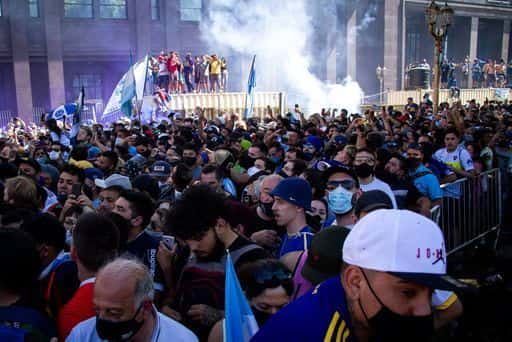
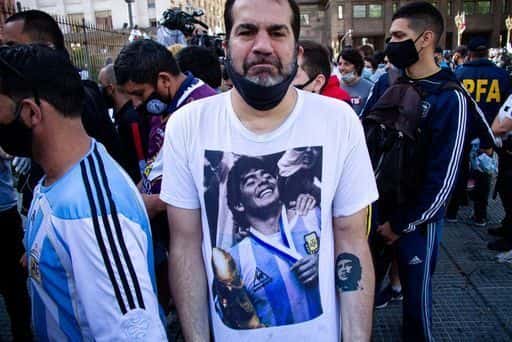
Photo: Federico Rotter/NurPhoto
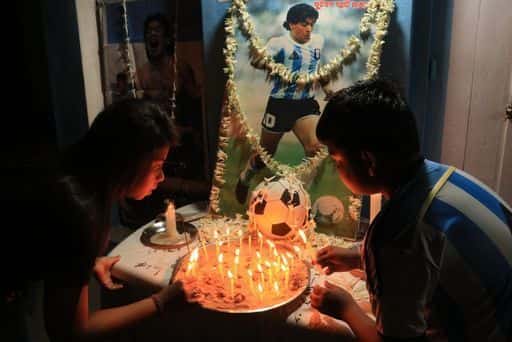
Photo: Debajyoti Chakraborty/NurPhoto
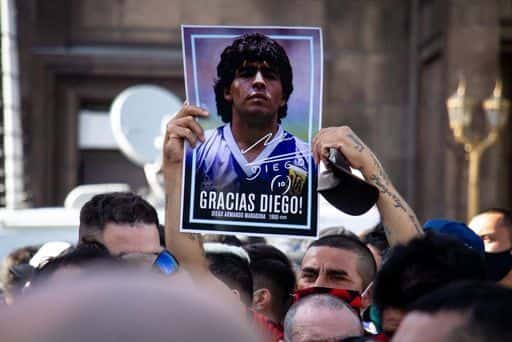
Photo: Federico Rotter/NurPhoto
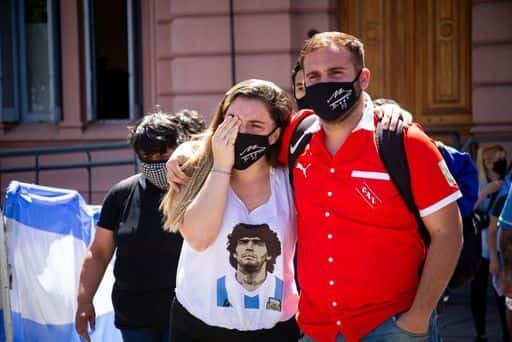
Photo: Federico Rotter/NurPhoto
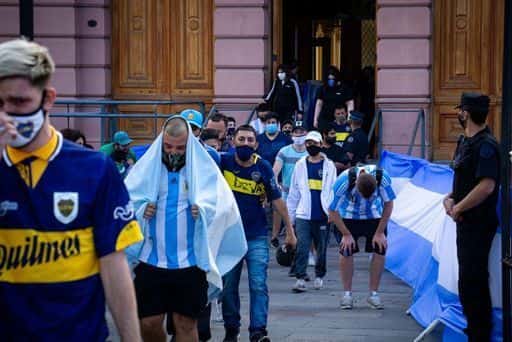
Photo: Federico Rotter/NurPhoto
“Unfortunately, he would just take everything to excess, from the summit to the abyss, like those artists that in a rapture will create something amazing and, in the same rapture, will destroy it. But we will be eternally grateful for the way he changed football.”
It doesn’t happen every day that the Vatican issues a press release in memory of a footballer, but a Pontiff’s statement said: “Pope Francis thinks fondly about the several times they met in these years and he will remember him in his prayers.”
But Maradona wasn’t just another footballer, nor just another Argentinian.
He had met John Paul II during a private hearing and he had managed to have a go at him, arguing that he should have sold a few of Saint Peter’s golden columns if he really wanted to help the poor in the world. Since then he had drifted away from the church, until Pope Francis came along.
In 2014, he said: “The real champion is not me, but Pope Francis. I hadn’t been close to the church in recent years, but I now feel really close again, as I admire what the Pope’s doing for the poor.”
On that occasion he gave the Pope an Argentina football jersey, the same one worn by his team for the 1986 World Cup. But this one had the name Francisco written on the back.
It could be hard to tell who Neapolitans would regard as the holier name to grace that shirt now.



